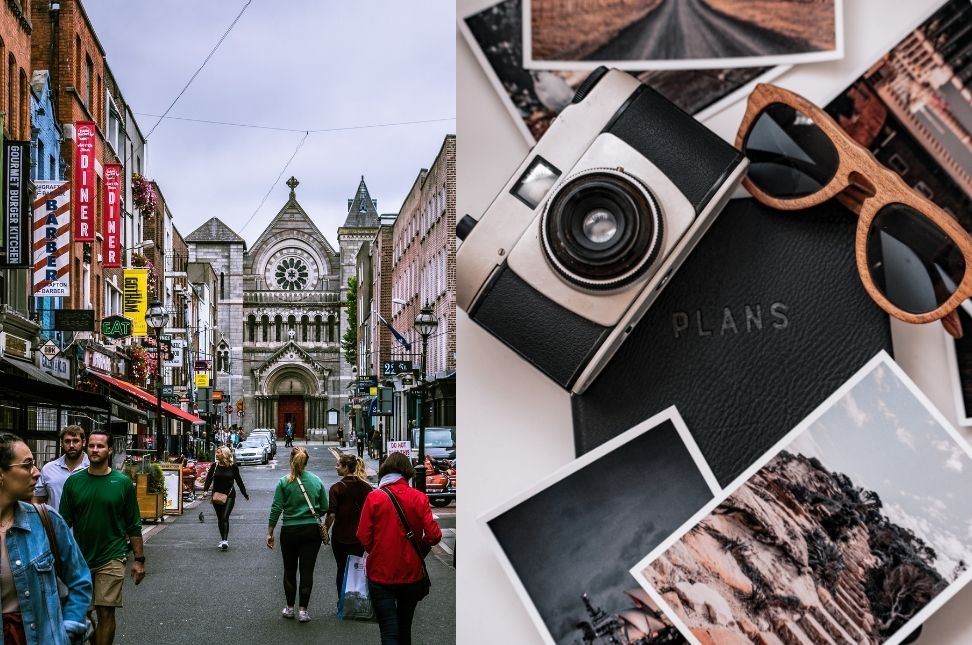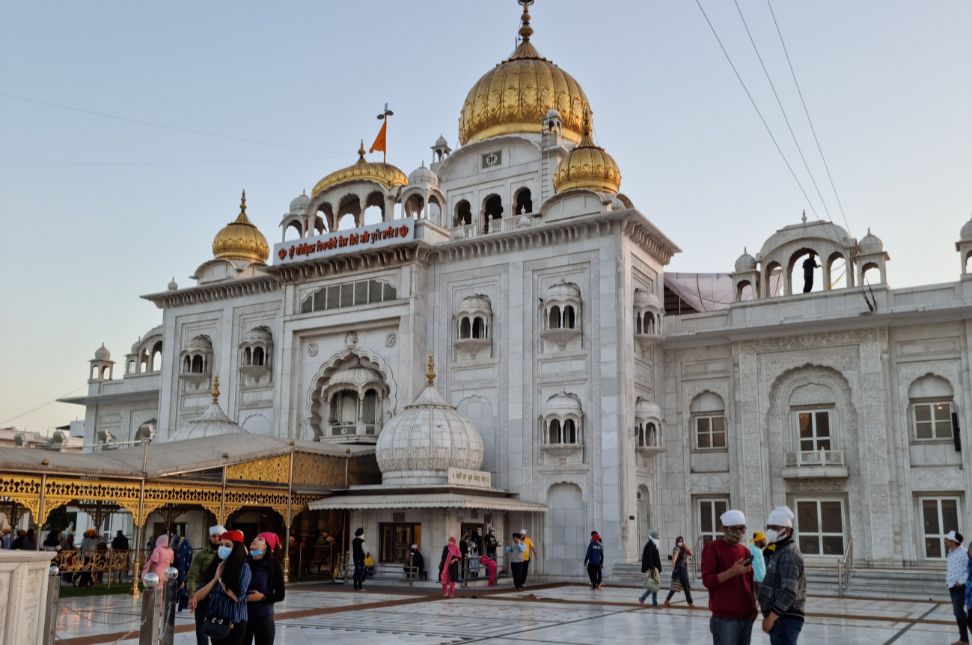Capturing stunning travel photos is only part of the equation. The magic often happens during the editing process when you refine and enhance your images to create visual masterpieces. In this article, we’ll explore essential tips and tricks for editing your travel photos to make them truly stand out.
1. Choose the Right Editing Software:
Select a photo editing software that suits your skill level and needs. Popular options include Adobe Lightroom, Adobe Photoshop, and free alternatives like GIMP and Lightroom Mobile.
2. Start with RAW Files:
If your camera supports it, shoot in RAW format. RAW files contain more data and provide greater flexibility during editing.
3. Correct Exposure and White Balance:
Begin by adjusting exposure and white balance to ensure your photo is well-lit and color-accurate.
4. Crop and Straighten:
Crop your image to improve composition and remove distractions. Use the straighten tool to fix any crooked horizons.
5. Enhance Contrast and Colors:
Increase contrast to add depth to your photos. Adjust vibrance and saturation to make colors pop without oversaturating.
6. Use Filters and Presets:
Experiment with filters and presets to achieve specific styles or moods. Create your presets for a consistent look.
7. Work with Layers:
For advanced edits, use layers and masks to target specific areas or elements within your photo.
8. Remove Unwanted Elements:
Use cloning and healing tools to remove distractions, blemishes, or unwanted objects from your photos.
9. Sharpen and Reduce Noise:
Apply sharpening to enhance details and reduce noise in low-light or high-ISO shots.
10. Adjust Levels and Curves:
Fine-tune brightness and contrast using levels and curves adjustments for more control.
11. Dodge and Burn:
Highlight and darken specific areas to draw attention and add dimension to your photo.
12. Preserve Highlights and Shadows:
Recover details in overexposed highlights and underexposed shadows for a balanced image.
13. Enhance Details:
Use clarity and texture adjustments to bring out details in landscapes, architecture, or textures.
14. Save in High Quality:
When exporting your edited photos, choose a high-quality format like JPEG or TIFF for optimal image preservation.
15. Practice and Experiment:
Editing is an art, and improvement comes with practice. Experiment with different techniques and styles to develop your unique editing style.
Conclusion:
Editing your travel photos can transform ordinary shots into extraordinary visual stories. With the right tools, techniques, and a creative vision, you can enhance your photography and create memorable images that capture the essence of your travel experiences.




